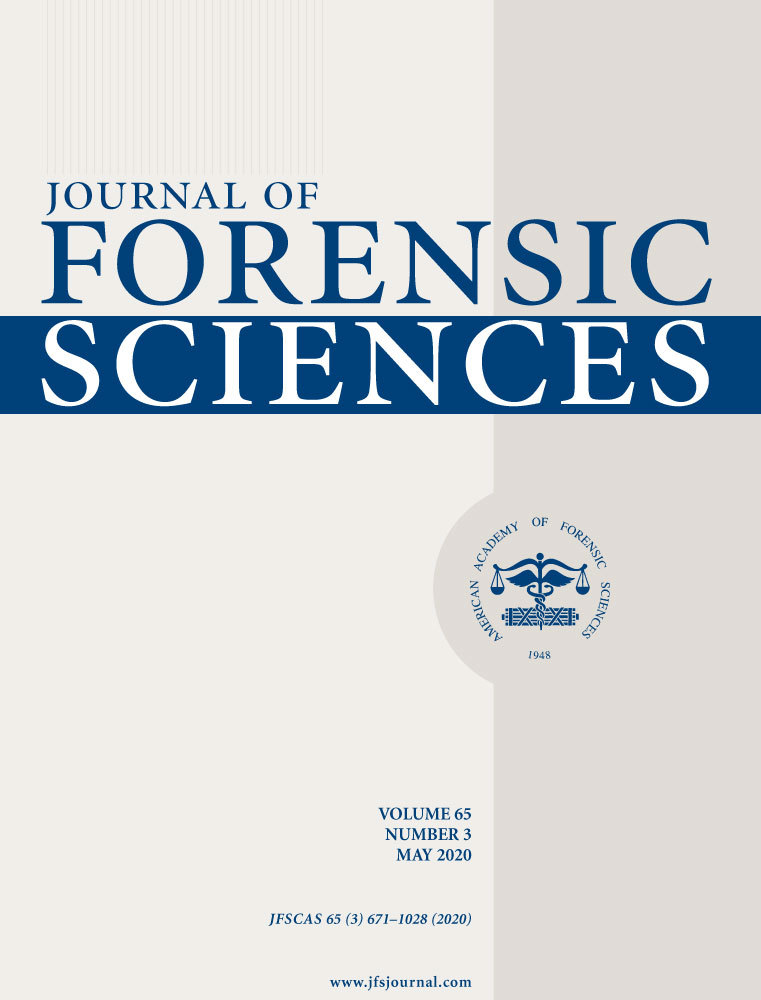Automatic Classification of Bloodstain Patterns Caused by Gunshot and Blunt Impact at Various Distances
Abstract
The forensics discipline of bloodstain pattern analysis plays an important role in crime scene analysis and reconstruction. One reconstruction question is whether the blood has been spattered via gunshot or blunt impact such as beating or stabbing. This paper proposes an automated framework to classify bloodstain spatter patterns generated under controlled conditions into either gunshot or blunt impact classes. Classification is performed using machine learning. The study is performed with 94 blood spatter patterns which are available as public data sets, designs a set of features with possible relevance to classification, and uses the random forests method to rank the most useful features and perform classification. The study shows that classification accuracy decreases with the increasing distance between the target surface collecting the stains and the blood source. Based on the data set used in this study, the model achieves 99% accuracy in classifying spatter patterns at distances of 30 cm, 93% accuracy at distances of 60 cm, and 86% accuracy at distances of 120 cm. Results with 10 additional backspatter patterns also show that the presence of muzzle gases can reduce classification accuracy.




